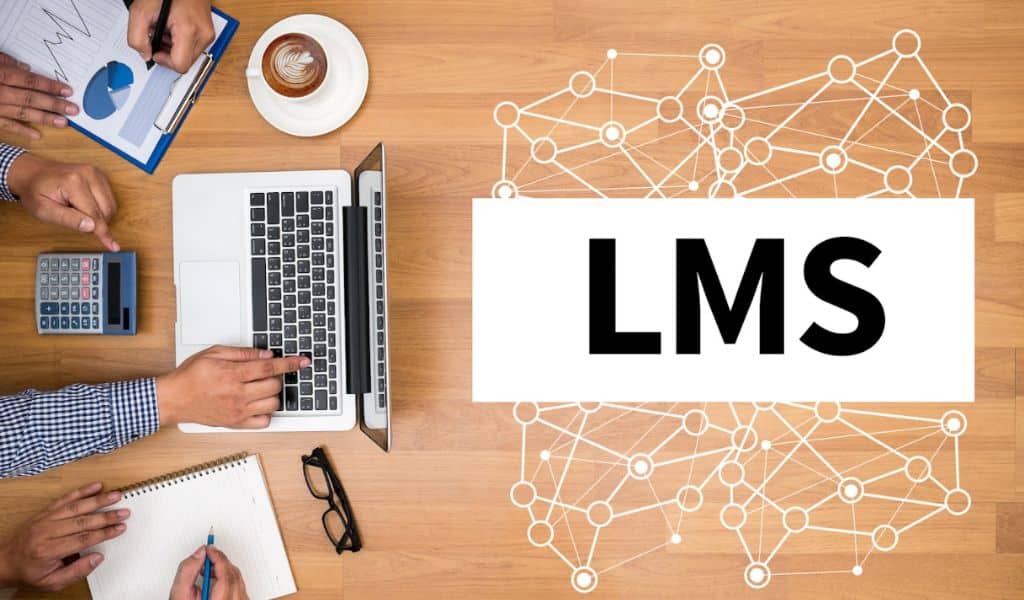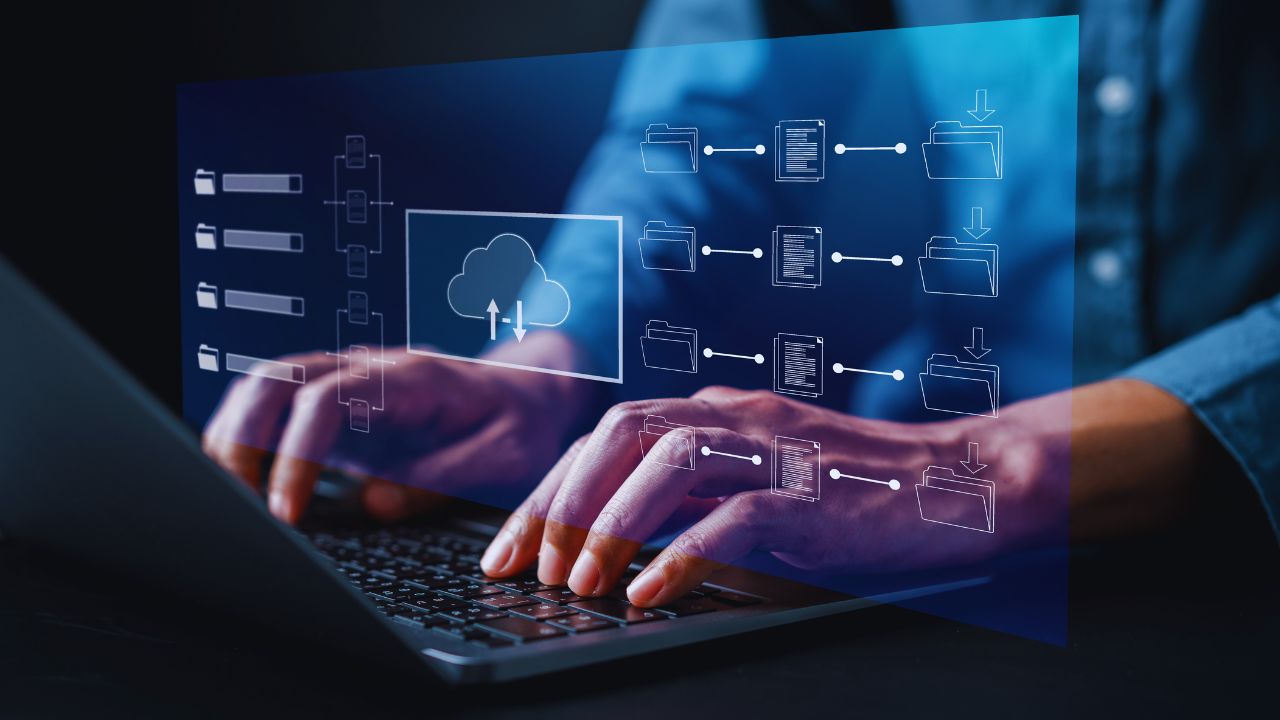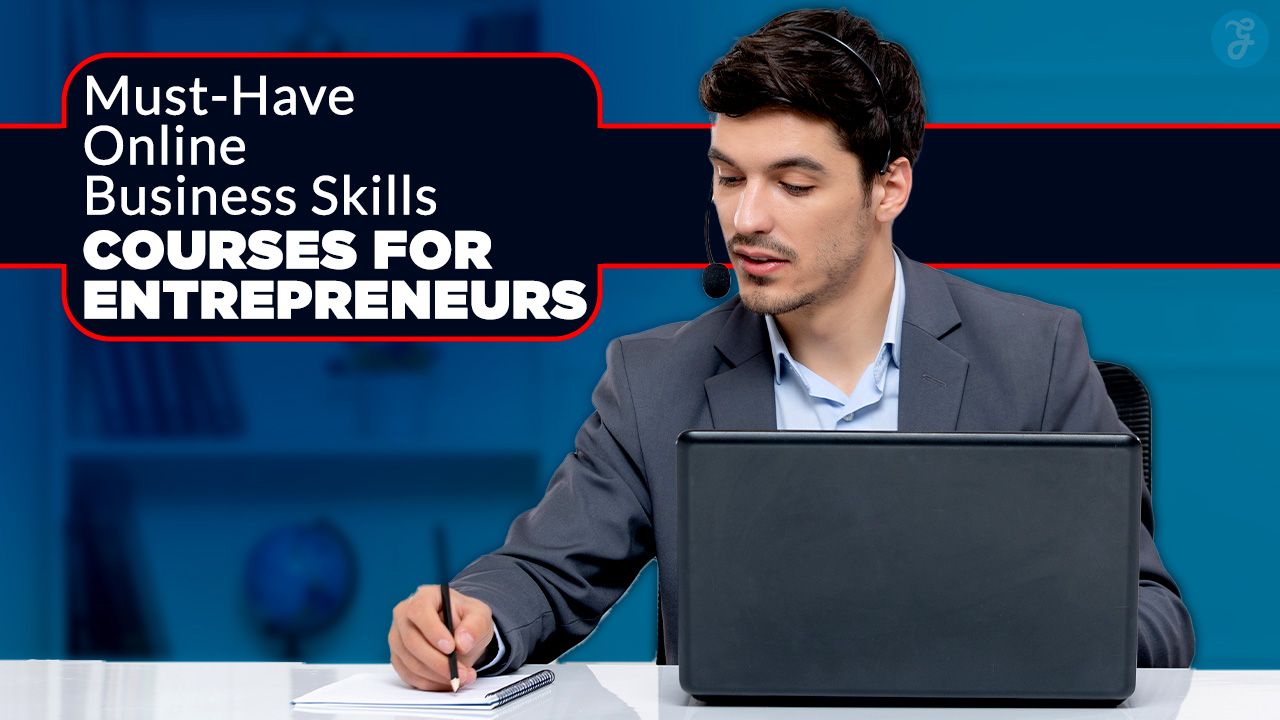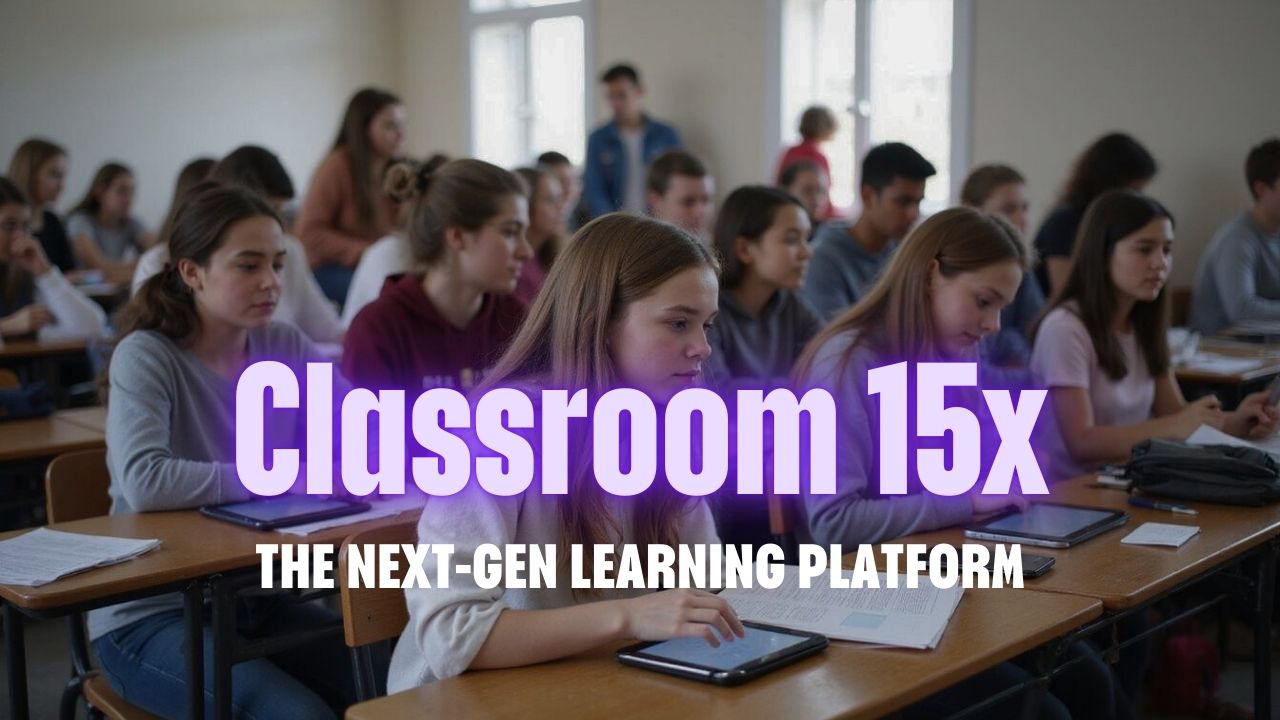Without guidance, navigating the world of learning management systems (LMS) can be daunting. The potential rewards of an LMS are significant – from streamlining your organization’s learning and development initiatives to enhancing productivity, employee engagement, and knowledge retention. However, navigating this path is often not straightforward and comes with unique challenges.
Don’t worry; this guide will be your map in this complex LMS maze, offering a step-by-step path to effective implementation. A system gaining traction due to its comprehensive features and functionalities is the Totara LMS. Tailoring these systems to specific organizational needs can significantly enhance learning and development outcomes.
Understanding Learning Management Systems
LMS platforms, central to an organization’s learning strategy, administer, track, and deliver educational courses or training programs. Below are some key features:
- Centralization Of Learning Materials. This approach offers a unified place for all learning materials, simplifying course management for users.
- Personalized Learning Paths. It enables tailored learning experiences based on individual needs and learning pace.
- Detailed Reporting. With a reliable platform, one can monitor progress, completion rates, and engagement levels.
Understanding these features is a stepping stone to making the most out of your organization’s platform, such as Totara. Let’s proceed to explore the key elements before implementing one.
Key Considerations Before Implementing An LMS
Before plunging into the complex realm of digital education, certain key elements demand scrutiny. These factors form the backbone of any successful LMS integration:
- Organizational Needs. Determining what the organization hopes to achieve is crucial. These can include streamlining training processes, facilitating continuous learning, or tracking employee performance.
- Learning Culture. An LMS should align with and enhance the organization’s learning culture. Whether the organization promotes self-paced learning, encourages collaborative learning, or combines both should influence the LMS choice.
- Technical Capacity. It’s essential to evaluate the organization’s ability to support an LMS from a technical standpoint. This includes assessing hardware and software capabilities, internet connectivity, and the technical proficiency of end users.
- Cost Aspects. The budget allocated for the LMS needs to cover not just initial costs but also ongoing expenses like updates, maintenance, and user training.
- Scalability. The LMS should grow with your organization. It needs to handle an increase in users and courses without impacting performance.
- Accessibility. It should be easily accessible, user-friendly, and provide a seamless experience on multiple devices.
Keeping these elements in mind can guide the selection of the most suitable LMS and pave the way for its successful implementation. With this in mind, let’s discuss the concrete steps to implement one effectively.
Navigating The Process Of LMS Implementation
Once the needs are identified and the ideal platform chosen, the organization can commence the adoption process. The following steps can ensure a seamless transition:
- Developing An Implementation Strategy. A comprehensive plan should include explicit objectives, established roles, set timelines, and clearly defined success metrics. A robust strategy acts as a roadmap, guiding the organization towards the successful integration of the LMS.
- Assessing The Platform’s Suitability. The selection process should ensure that the platform’s features, support services, and customization options align with the organization’s needs, budget, and future goals.
- Preparing The Organization For The Transition. The change management process involves communicating the benefits of the new system, addressing concerns, and garnering support from all levels of the organization.
- Integrating The LMS With Existing Systems. It’s crucial to ensure that the LMS can effectively interact with other software systems in the organization, such as human resources (HR), customer relationship management (CRM), or payroll systems, to ensure smooth data exchange and functionality.
- Training And Support For Users. Implementing an LMS is not a one-and-done process. It requires ongoing effort, especially in terms of user training and support. Comprehensive training sessions should be organized to help users navigate the new system. Regular support should be provided to resolve any issues or doubts quickly.
- Launching The LMS. After adequate preparation and training, it’s time to launch the LMS. A phased roll-out or pilot run can help identify and address unforeseen issues before a full-scale launch.
These steps act as a guide to a successful LMS implementation. After the adoption, the focus shifts to evaluating its success, ensuring its continuous alignment with organizational goals.
Evaluating The Success Of LMS Implementation
The evaluation process gauges the effectiveness of the new system. The process includes:
- Tracking Performance Metrics. Monitor user engagement, course completion rates, and learning outcomes.
- Gathering User Feedback. Feedback helps in identifying challenges and areas for improvement.
- Ongoing Review And System Adjustments. Based on the feedback and metrics, adjustments can be made for continuous improvement.
This ongoing cycle of feedback and enhancements guarantees the platform’s continued effectiveness and keeps meeting the organization’s learning needs.
Wrapping Up: The Journey of LMS Implementation
Effective LMS adoption hinges on strategic planning and recognition of unique organizational needs. A clear strategy emphasizing change preparation and user training is vital. Integration with existing systems and evaluation of success via metrics and feedback ensure the new system continually aids organizational growth. With diligent adherence to these steps, organizations can maximize the benefits of their digital learning platform.













































